For expats living in Ho Chi Minh city, especially Western foreigners, you will find it is extremely hot in dry season. In this case, staying home and enjoy the air conditioner during midday is definitely the best things to do. But being an expat, how can you know which brand is good for your home?
For different types of room, such as the location, the heights and width, walls and windows, there are distinct types of air conditioner that works best for each specific room. Getting the right one will help you reduce your monthly spend as well as having your room always cool.
Here are all types of air conditioner for you to choose which one is suitable for your house. Make sure to get the best one that fit your need in order to save the electrical expenses.
Window Units
Before you rule out window units entirely, be sure you’ve exhausted all your options. While some A/C units are a couple feet wide and designed for roughly standard size windows, there are mini air conditioners that can get as small as 14" wide.
Many of these are designed for casement windows, which open horizontally instead of vertically like most slide windows. These devices are taller instead of wider. It may be difficult to find one that fits perfectly, but it’s worth taking the extra time to look around before moving on to the more complex options.
The advantage with window units is that all the important parts — the compressor, condenser, expansion valve/coil, etc. — are all in one big box. The installation of these is much simpler and they’re very portable. Be sure to thoroughly search for a window unit before exploring other options. Find out what type of window you have and see if other people have a similar problem. If you absolutely can’t find a window unit, it’s time to move on to more elaborate solutions.
Window units provide the most cost-effective and painless solution to cooling a single room. The units are relatively cheap and they have a lot of cooling power. If you’re renting or want to avoid serious wall modification, this is the way to go.
Portable Units
The simplest non-window based option is a portable A/C unit. These are devices that usually sit on the floor near a window. Hoses will carry air inside and out through a window. Typically, these units will come with adjustable hose frames to place in the window that keep them in place. Technically, all the parts are physically in one box, but you’ll still need a connection to the outside world for them to function.
When deciding on a portable unit, you’ll have to choose between single or dual hose systems. A single hose system uses just one tube to pump hot air out of the building. The trouble is that this reduces the air pressure inside your home. This causes more hot air from the outside to come in through cracks in doors and windows. The A/C unit has to work extra hard as a result, which is a terribly inefficient system. It’s not a huge concern if you’re trying to cool a small space, and these devices are generally less expensive. For a larger home, though, the extra energy costs can rack up fast.
Dual-hose units, on the other hand, cool the hot air that’s already inside the house and returns it to the room from whence it came. To keep the unit itself from overheating, a second intake hose pumps in air from the outside to cool the device and then pushes it right back out again. This system is much more efficient because the device isn’t constantly working against itself. Dual-hose systems are almost always the way to go unless you only need to cool a very, very small area. Just keep in mind that some units can get pricey.
Whichever model you choose to go with, though, a portable hose unit should probably be your last resort. This is for those who absolutely can’t use a window unit and aren’t able to do any wall modifications. As Consumer Reports points out, they’re costly and not very efficient in general. A similarly-sized window unit will cool better than its portable counterpart.
Ductless/Split Units
This is where you start to get into some heavy lifting, but you also get a much nicer unit. Split units consist of two parts: the indoor component that you can mount on a wall, and the outdoor component that sits cozily next to your home. The upside to this is that you can hang the device in a place that looks good instead of setting a giant box awkwardly near whatever window is available. The downside is you’ll almost certainly have to start drilling holes.
A “ductless” system might sound like a bit of a misnomer to the layman. All “ductless” means is that you don’t need to have a complex system of action movie hero escape routes running throughout your entire home. You will, however, need hoses running from the inside of the room you want to cool to the outside condenser unit.
The good news is that you may not need to do too much work on your walls. If you know how to run wires or hoses through walls, split units are comparatively simple to install on your own. As with any project where you have to drill holes in a wall, though, don’t tackle a project like this unless you’re sure you know what you’re doing.
A split system is a great option if you live in a hot region and need to cool a large area inside your home. Their cooling power is among the closest you can get to real central air without tearing apart all your walls and ceilings to install. The two main disadvantages here is that these units will be among the more expensive you can find, and you can’t move them from room to room like you can with a window or portable unit. You will also still need multiple units to cool separate rooms.
Wall Units
By far, the most complicated option is a wall mounted air conditioner unit (otherwise known as where Dexter keeps his secret box). This type of device is very similar to the window system, except instead of using a pre-existing hole in your wall, you have to cut one instead. This involves watching out for pipes, wall studs, and generally ensuring the stability of your home while you make a hole big enough to fit a small person through in the side of your abode.
Wall units are the kind of project where if you don’t already know you can do it on your own, you should talk to a professional before getting started. The upside to going this route is that you can find units that are much closer in price to the inexpensive window-based options. Of course, what you save in hardware costs you could end up spending on installation. Also, this may not be an option if you live in an apartment or dorm room. However, they have a lot more cooling power than portable A/C units, and are even more efficient than window units due to the much tighter seal. The energy savings can be well worth the trouble over the long term.
Other Non-AC Alternatives
We’d be remiss not to mention other alternatives to air conditioning. If you need something that works in a pinch, we’ve featured five effective DIY alternatives to air conditioning, and we’ve also asked you your favorites — and got a lot of great answers. Unfortunately, none of these options are going to be quite perfect for every home, but with some ingenuity, you should be able to keep yourself a bit cooler and more comfortable.
No matter which option you pursue, you’ll need to spend a decent chunk of change to get a proper air conditioning system set up. Many of your decisions will be affected by your home’s layout and budget. Take some time to go down to your local hardware store and talk out your specific layout with a professional. When it comes time to buy your hardware, our friends at the Wirecutter have some great recommendations for specific units as well.
This article is summarized by Modoho — a trusted agency in Ho Chi Minh city. If you need any help from a local expertise with free searching services (only landlord have to pay) feel free to contact us. Here is some listing for you:
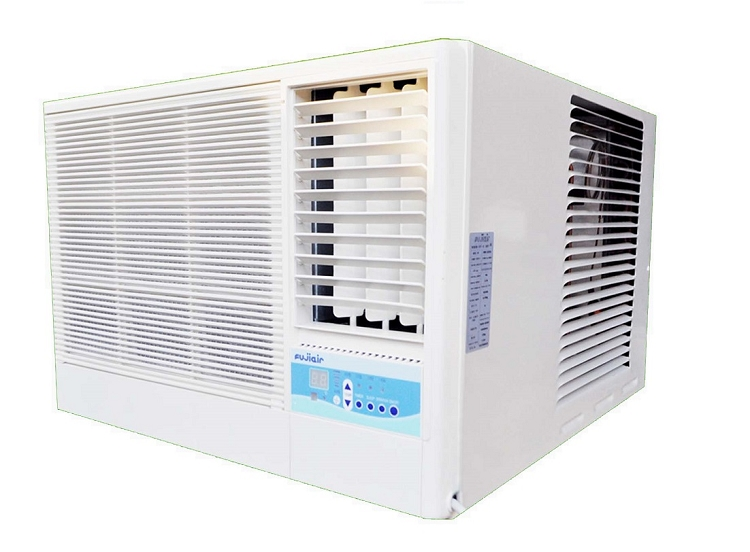

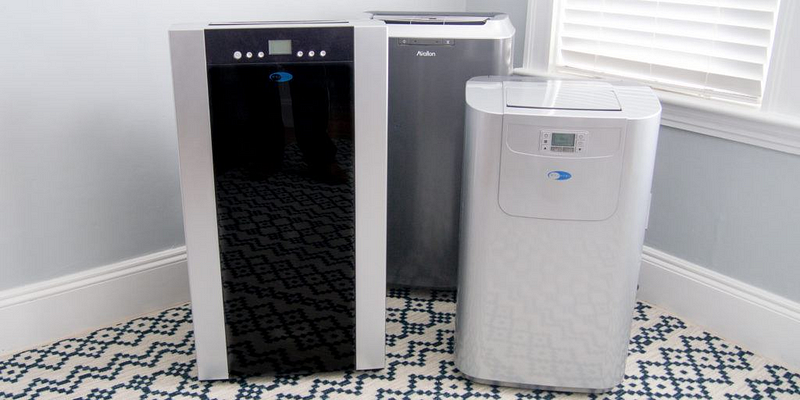
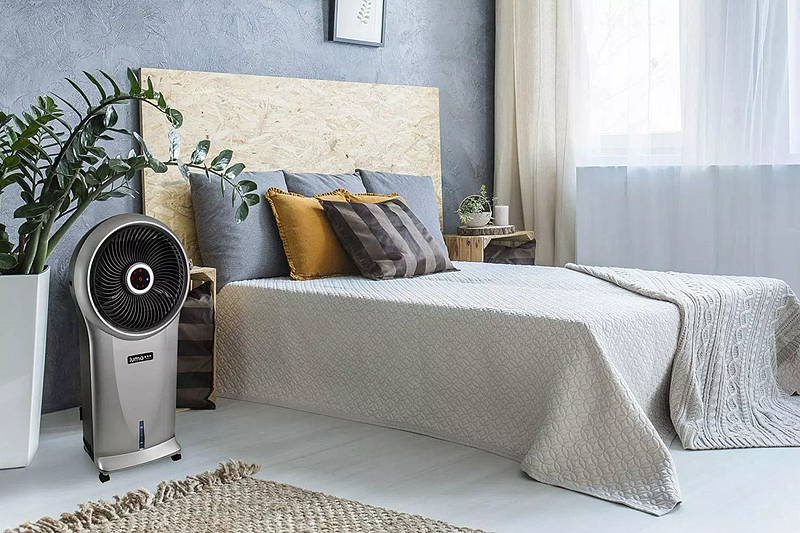
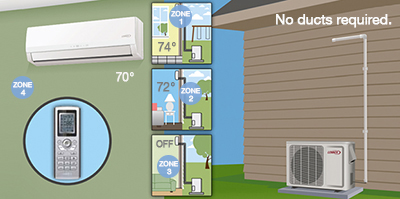
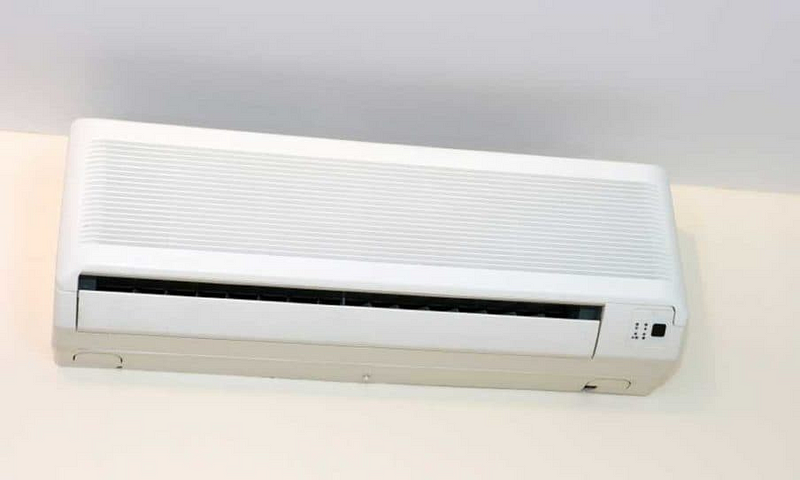
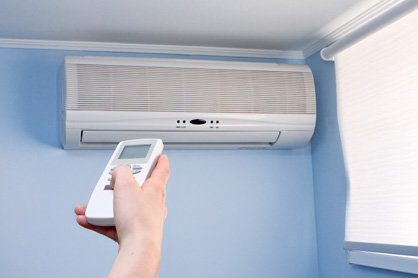
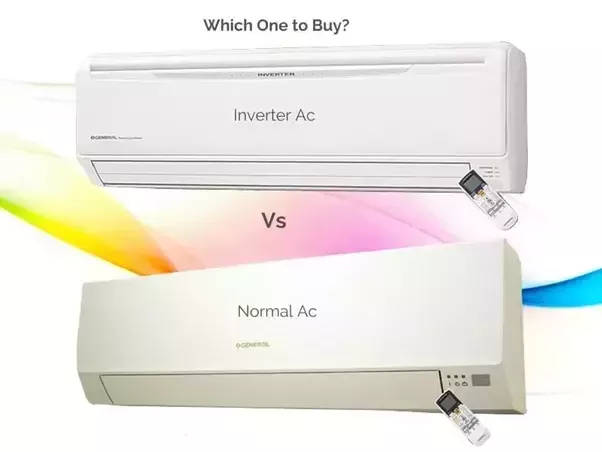
0 comments:
Post a Comment